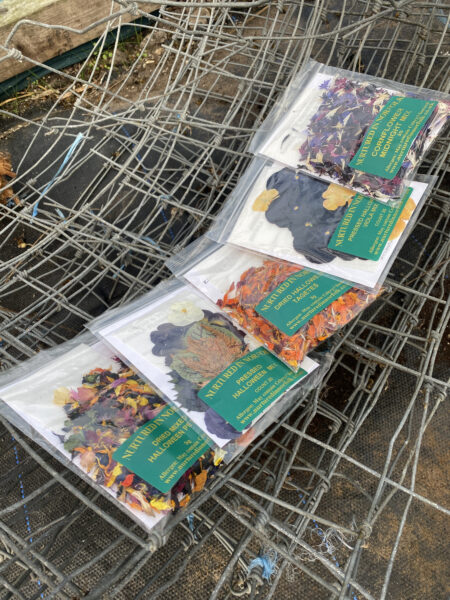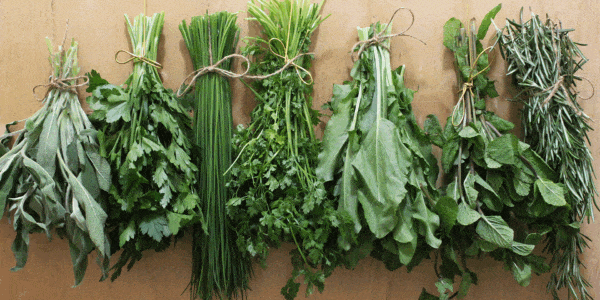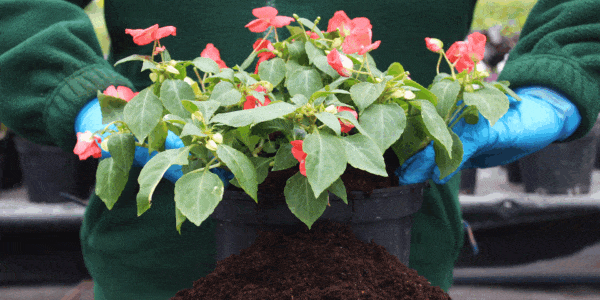 20 October 2022 | Horticulture Hacks
20 October 2022 | Horticulture Hacks
Looking after Pansies – the Pansy Maintenance Guide.

Pansy Flowers are the focus of this weeks Horticulture Hack!
Nurtured in Norfolk’s gardening expert Martyn Davey answers all your questions and gives his top horticulture hacks.
If you would like any horticulture query answered please do e-mail our head grower at martyn@nurturedinnorfolk.co.uk to add your thoughts to our horticulture hacks.
Dear Martyn,
Recently I bought some winter flowering pansies from my local garden centre and now I have just been watching some small grey green caterpillars eating the leaves and flowers, could you please tell me what they are and should I return them or can I treat the caterpillars with something to kill them? I have been keeping them in my greenhouse because I don’t want them to be damaged by the weather. Please could you advise on what I should do?
G. Richards, Norwich
Dear Reader,
This can be a problem with commercially produced violas and pansy flowers and is caused by a greyish green larvae belonging to the geranium sawfly. The larvae eat holes in geranium leaves during spring and summer and also have a taste for pansies and other aromatic leaves such as mint. Sawflies are in the same group of insects as bees, ants and wasps (the Hymenoptera). They have caterpillar like larvae that feed on plants and the adults are winged insects that can appear fly-like.
Geranium sawfly has greyish-green larvae that reach 12mm in length. The larvae feed on leaves of hardy geranium in May and September leaving a holed appearance. The larvae readily drop off the plants when disturbed and so are not often seen. The adult sawfly is a black 10mm long fly-like insect. Although the damage on the foliage can be considered unsightly, it is generally not extensive enough to affect the plant’s growth or its ability to produce flowers and so this insect can be tolerated on geraniums. However, on pansies they can kill the plant by removing all the leaves and damaging the flowers.
There are two generations a year of geranium sawfly with larvae present in May and September. Fully grown larvae pupate in the soil, the September generation overwintering in this state. Adults emerge in spring and lay eggs on the foliage.
Check geranium leaves frequently from May onwards so action can be taken before a damaging infestation has developed. When choosing control options you can minimise harm to non-target animals by starting with the non chemical methods. If this is not sufficient to reduce the damage to acceptable levels then you may choose to use pesticides. Within this group the shorter persistence pesticides (that are usually certified for organic growing) are likely to be less damaging to non-target wildlife than those with longer persistence and/or systemic action.
Non-pesticide controls include where possible tolerate populations of sawfly, encourage predators and other natural enemies of sawfly in the garden, such as birds and ground beetles. Check plants regularly from May for the presence of larvae and remove by hand where practical.
If numbers of larvae are too high for hand picking, control may be achieved by spraying with pesticides. Spraying at dusk is likely to give the best results. Organic contact insecticides containing natural pyrethrins (e.g. Bug Clear Gun for Fruit & Veg, Neudorff Bug Free Bug and Larvae Killer). Several applications of these short persistence products may be necessary to give good control.
More persistent contact insecticides include the synthetic pyrethroids lambda-cyhalothrin (e.g. Westland Resolva Bug Killer), deltamethrin (e.g. Provanto Ultimate Fruit & Vegetable Bug Killer, Provanto Sprayday Greenfly Killer) and cypermethrin (e.g. Py Bug Killer). The systemic neonicotinoid insecticide acetamiprid (e.g. Bug Clear Ultra) is also available. Follow label instructions when using pesticides.
Jobs for this week:
- This is a good time to cut back perennials that have died back, if the clump is getting too big they can be lifted and divided now.
- Large rhubarb crowns also benefit from being lifted and divided now, replant in good rich soil.
- Move tender plants including aquatic plants into a greenhouse or conservatory now as the temperature takes a tumble.

